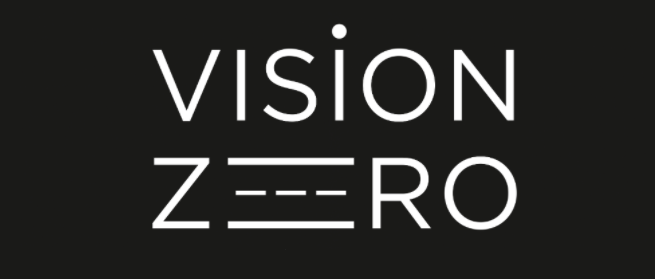
The Verkhovna Rada has registered draft law No. 6443 ( Draft Law on Amendments to the Law of Ukraine "On Road Traffic" (regarding the introduction of world experience in unloading traffic flows) . We are being asked to comment on this legislative initiative by deputies Shynkovych and Gerega, who are not members of the relevant committee of the Verkhovna Rada. The draft law plans to allow turns on a red traffic light. We assessed this legislative initiative from the point of view of road safety and came to a negative conclusion. If this idea is implemented, it will create unnecessary risks and will most likely have negative effects on road traffic and the safety of road users. The countries of the European Union do not have such traffic rules as the Ukrainian deputies propose. The essence of the draft law in the explanatory note is not substantiated. The reference to the experience of foreign countries, such as the USA, Canada and Korea, although interesting, is not justified, since these countries have specific road traffic, their road traffic rules and road signs differ significantly from European ones. For example, in many US states, crossing a double solid line is allowed.

Moreover, traffic rules differ significantly between the US states themselves and the provinces of Canada. In addition, it is worth noting that these overseas countries, unlike Ukraine, are not parties to the Vienna Convention . The reference to these countries, as well as to the Dominican Republic and China, is questionable due to the unconvincing achievements of these countries in the field of traffic safety. In the European Union and some countries that are leaders in terms of safety (Sweden, Holland, Denmark, Switzerland), there is no practice of universal permission to turn on a red signal. At least, we are not aware of its existence in any EU country. At the same time, in some countries there are practices of marked permission for such a maneuver at specific intersections, which is indicated by the appropriate marking (additional sign or traffic light section), similar to Ukraine. In addition to the inappropriateness of the foreign experience mentioned by the authors of the draft law, they completely failed to take into account the existing context of Ukraine. In particular, low traffic discipline (for example, drivers often stop behind the stop line), the lack of intersection control cameras, low level of knowledge of traffic rules by road users, a large number of drivers with fake or purchased driver's licenses, and other risk factors that are typical for Ukraine as of 2017. Under these conditions, the approval of the draft law is expected to lead to a number of negative effects:
- increase in the number of collisions between vehicles
- an increase in the number of collisions with pedestrians and cyclists crossing the street on a green traffic light
- conflicts on the road between motorists who believe they should be given a lane to turn on a red light
- conflicts between motorists and pedestrians/cyclists
And these effects, in turn, will lead to a whole list of negative social consequences that are undesirable and socially harmful:
- increase in injuries and mortality in Ukrainian cities
- increased workload of the National Police bodies for registration and investigation of road accidents
- increasing the burden on healthcare facilities for the treatment of road accident victims
- increased traffic congestion and associated economic losses due to the significant time required to process each accident
- increasing social tension, misunderstandings and conflicts on the road.
If a change in state policy can lead to negative consequences (as in our case), then they should be compared with the positive ones and an informed decision should be made. However, in this draft law, we were unable to identify specific positive consequences. The explanatory note defines the expected positive result as "unloading of traffic flows in case of intensive urban traffic at intersections". However, this is a dubious statement for several reasons.
- 1) Such unloading can continue to be carried out within the existing regulatory framework.
- 2) Solving the problem of traffic jams is the prerogative of the mayors of these cities, not the parliament.
- 3) The authors have a misconception that traffic lights are the cause of traffic jams. The topic of transport planning and traffic management is much more complex and deeper than it seems to the average driver or MP who has visited Canada or the USA. In view of the above, the NGO "Vision Zero" considers it inappropriate to approve draft law 6443 and recommends that people's deputies leave the rules of the road at regulated intersections unchanged. The decision on whether to allow a turn at a red light (i.e., on placing a "green arrow") should be made by local governments individually in each case, depending on the configuration of a particular intersection, the number of lanes on each street, the intensity of the flow of cars and pedestrians in each direction, the available visibility triangles, the history of road accidents at this intersection, and other factors.
